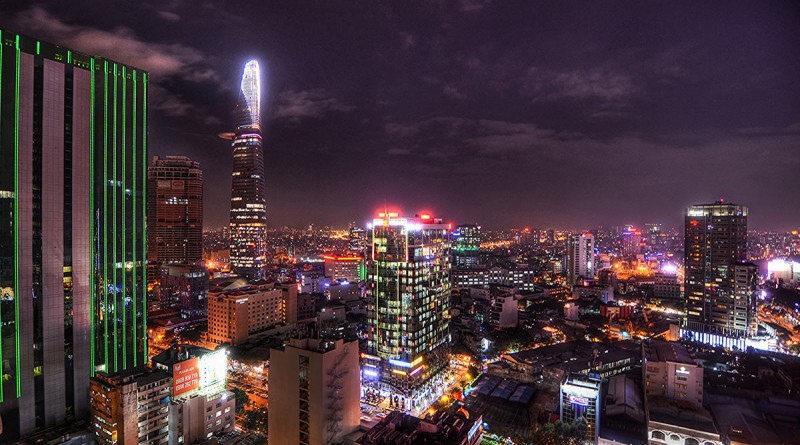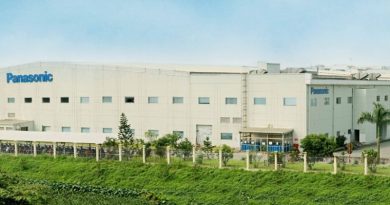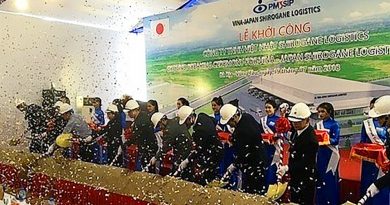Promising 2016 for HCMC’s residential market
2015 saw a solid recovery in Ho Chi Minh City’s residential market, with strong launches, positive sales, and improved prices, particularly in mid- to high-end properties, according to CBRE’s Q4 report on the city’s market, released on January 1.
Fruitful year for residential
The year witnessed 41,907 units being launched from 78 projects, mostly in the east of the city (47 per cent) and the south (27 per cent), an increase of 122 per cent year-on-year.
It was the biggest ever new launch in a single year, due to the introduction of the largest-ever project in the city – Vinhomes Central Park in Binh Thanh district – with over 7,500 units launched to date, and the second largest – Masteri Thao Dien in District 2 – with over 3,700 units.
Continued positive market momentum also boosted confidence among developers, with some repackaging long-delayed projects and re-launching on the market with new layouts, size, mix, and price positioning, or under a new brand, according to the report.
Overall, market sentiment remained encouragingly positive throughout the year. 2015 ended with a record high sales volume for a single year, at an estimated 36,160 units, up 98 per cent year-on-year.
These included sales to individual buyers and en-bloc sales to institutional investors and property sales agents, in which sales to individual buyers were estimated at 33,348 units, up 83 per cent against 2014.
Sales were estimated at 10,340 units in the fourth quarter, an increase of 28 per cent quarter-on-quarter to individual buyers and en-bloc buyers, and 8,218 units, up 2 per cent, to end-buyers.

Mid- to high-end properties, priced between VND1.3 and VND5 billion ($57,785 and $222,250), were the best sellers, accounting for over 75 per cent of total transactions.
From 2009 to 2014 affordable properties priced at less than VND1.3 billion ($57,785) consistently accounted for the largest proportion of transactions.
The 2015 results highlight that market preference is changing and moving to higher-end products.
With such strong sales, developers in all segments have confidently increased sales prices, even weekly in cases where projects are well-developed, have a full range of facilities and green space, and are located in “hot spots” in the city.
New projects under construction have also seen sharper price increases than previously completed projects, emphasizing the fact that buyers prefer new products even though move-in dates are two or three years later.
The market-wide primary price hovered around $2,012 per sq m in 2015, for an uptick of 4.4 per cent year-on-year and 2.5 per cent quarter-on-quarter.
High-end properties reported the largest surge, at 8.3 per cent year-on-year, averaging at $2,025 per sq m, mostly contributed by projects in hot spots.
Some premium high-end projects with favorable locations and developed by prestigious developers have pushed up their selling prices by 10-15 per cent.
2016: Year of promise
Despite higher prices, projects were still quickly absorbed and busy launch activities continued, which confirms that Vietnam’s real estatemarket has moved into a new cycle, according to Ms. Dung Duong,Director of Research and Consulting at CBRE Vietnam.
“Looking to 2016, we expect some major CBD projects above $7,000 per sq m will be launched,” she said.
“After seven years of stagnation we finally see developers regaining full confidence in moving to the next level of premium high-end and luxury developments.”
It should not be forgotten, she added, that the affordable and mid-end sectors are where the real demand is.
With the government’s stimulus package for mid-end purchasers, the strengthening of familiar local rivals such as the Dat Xanh Group, the Nam Long Group, and the Khang Dien Group, who are now competing in various activities, including but not limited to acquiring land banks, financing the repositioning of products, improving product quality by offering more facilities, and providing better after-salesservices or management, CBRE Vietnam genuinely believes that 2016 will be another promising year for the residential market.
More than 45,000 units from 90 projects across all segments throughout the city are expected during the year. Among those, high-end and luxury properties will increase by 20 per cent, according to the report.
With new supply at higher prices, the competition will obviously become fiercer, which will negatively affect absorption rates across all projects in Ho Chi Minh City, particularly those located at less-convenient locations and offering less-competitive products.
“When the market grows too large too quickly and is over-hyped, it can easily derail. Be fearless, not foolish,” Mr. Marc Townsend, Managing Director of CBRE Vietnam warned.
“It would be wise to open training centers for property sales people now, who have not received as much training on technical knowledge as car sales people and are yet to be prepared for the next level of stronger competition with significantly widened supplied options, increasing prices, and larger client pools, particularly when foreign buyers are involved.”
| FDI in real estate among highest
The latest figures from the Foreign Investment Agency (FIA) under the Ministry of Planning and Investment reveal that in the fourth quarter real estate remained among the leading sectors in terms of foreign direct investment (FDI) attraction, with total capital of $2.32 billion. During the closing months of the year 29 projects were newly-registered in real estate and ten projects given permission to increase their capital. The capital of $2.32 billion accounted for 11.5 per cent of the total investment capital coming to Vietnam this year and ranksreal estate third in attracting FDI. FDI into real estate has been on the rise in recent times. The majority of capital in foreign property projects, however, has been mobilized inside Vietnam. The amount of foreign capital is therefore less than committed. While this is not in violation of the law it will have a negative effect on the aim of bringing in external resources to the country. The flow of foreign investment in property should be directed to projects such as hotels, resorts and urban areas, while projects in general that apply green technology should be prioritized Most experts believe foreign capital will continue to flow in increasing amounts into the real estate sector in the future, with the emergence of a number of billion dollar projects Source: Vietnamnet |







